West Pokot County, KENYA
The indigenous Pokot people are primarily a patriarchal society. Women’s contributions are critical; however, they are frequently relegated to secondary roles and have little say in resource management and governance decision-making. Moreover, women are disproportionately affected by biodiversity loss and the effects of climate change. Because the livelihoods of women, particularly rural and indigenous women, rely on the management and consumption of diverse natural resources, they frequently bear a greater burden than their male counterparts when these resources are destroyed or depleted.
The restoration area is in Kamatira Forest, West Pokot County in Kenya. The forest has an elevation of 1,856 metres and situated southwest of Chepareria, in the northeast of Charangani Hills, with the Kapenguria-Lodwar highway passing through the forest. The Kamatira site is predominantly inhabited by the Pokot indigenous people, majority of whom are agro-pastoralists. The forest serves as a water catchment and source of medicine for the communities that inhabit Pokot South. Water and other natural resources in the catchment area are important for the livelihoods of the Pokot indigenous community.
The area’s biodiversity also provides the ecosystem services of pollination, seed dispersal, climate regulation, carbon sequestration, agricultural pests and disease control, and human health regulation. Biodiversity here indirectly supports the production of food, fibre and drinking water and affects processes such as primary production, nutrient and water recycling, and soil formation and retention. Effective biodiversity conservation and restoration, then, can lead to higher levels of carbon sequestration, which contributes to climate change mitigation. These will ultimately help the peoples’ well-being amid the changing local climate.
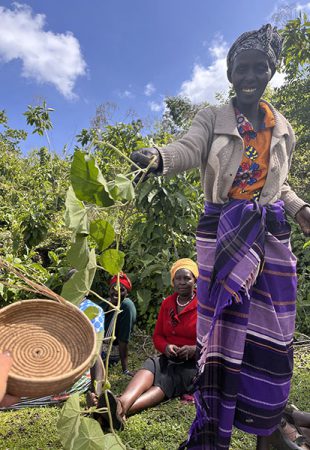
PROPOSED OUTPUTS/OUTCOMES
• Developed skills and governance of the Pokot Indigenous women on the sustainable management and conservation of the ecosystems and biodiversity of Kamatira forest
• Existence of documentation of indigenous women-led restoration initiatives in West Pokot county target area (forest)
• Indigenous women's resilience through investments in biodiversity and ecosystem services
REPORTS
- An Assessment of Gender and Biodiversity Links in NBSAP, NR and National Biodiversity Policies in Kenya.
- Rooted Resilience: A Report on Tree Nurseries initiated by the Indigenous women in West Pokot for Biodiversity Conservation
- Briefer on Kamatira Restoration Site (English)
- Briefer on Kamatira Restoration Site (French)
- Briefer on Kamatira Restoration Site (Spanish)
ARTICLES AND OTHER OUTPUTS
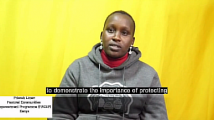
[VIDEO] International Day of Forests 2023 - Priscah Liman, PACEP, Kenya
Priscah Liman from Pastoral Communities Empowerment Programme in Kenya talks about how women in Kamatira Forest are the custodians of seeds and how their traditional knowledge is crucial for the health of the community and the forest.
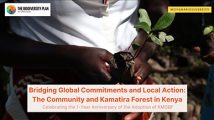
[VIDEO] Bridging Global Commitments and Local Action: The Community and Kamatira Forest in Kenya
Celebrating the 1st anniversary of the Kunming-Montreal Global Biodiversity Framework (KMGBF), adopted on 19 December 2022 at CBD COP 15 in Montreal, Canada!
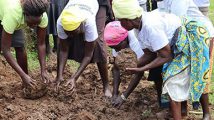
[PHOTO STORY] ‘JIKOS’ — A creation of necessity building a road to economic freedom for the women of Kamatira in Kenya
At a glance, Jikos is an energy-saving, low-cost and low-maintenance cookstove found in most homes near the Kamatira forest in the town of Chepareria, West Pokot in Kenya.
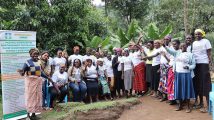
Visite d’échange à West Pokot : le sentiment de REFACOF
Du 20 au 24 Octobre 2023, s’est tenue à Kamatira (West Pokot) au Kenya, une visite d’échanges auprès des collègues du PACEP.
PHOTO GALLERY
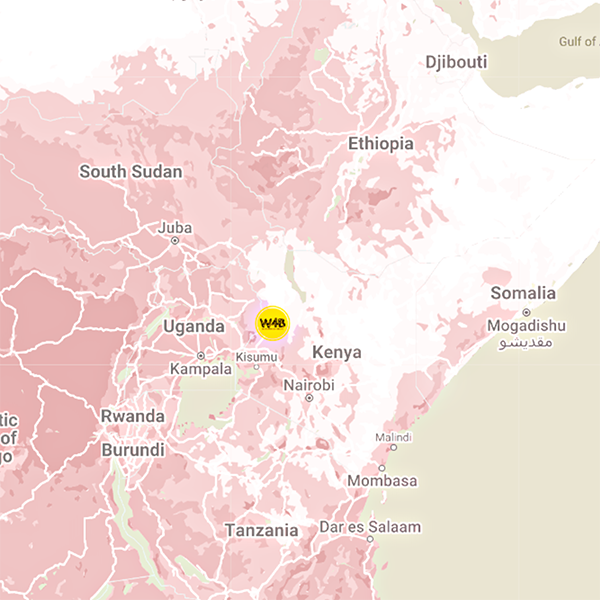
OVERVIEW
REGION:
Kamatira Forest
PILOT SITE PARTNERS:
Pastoral Communities Empowerment Programme (PACEP)
ECOSYSTEM:
Forest
RESTORATION COVERAGE:
2.02 hectares


























